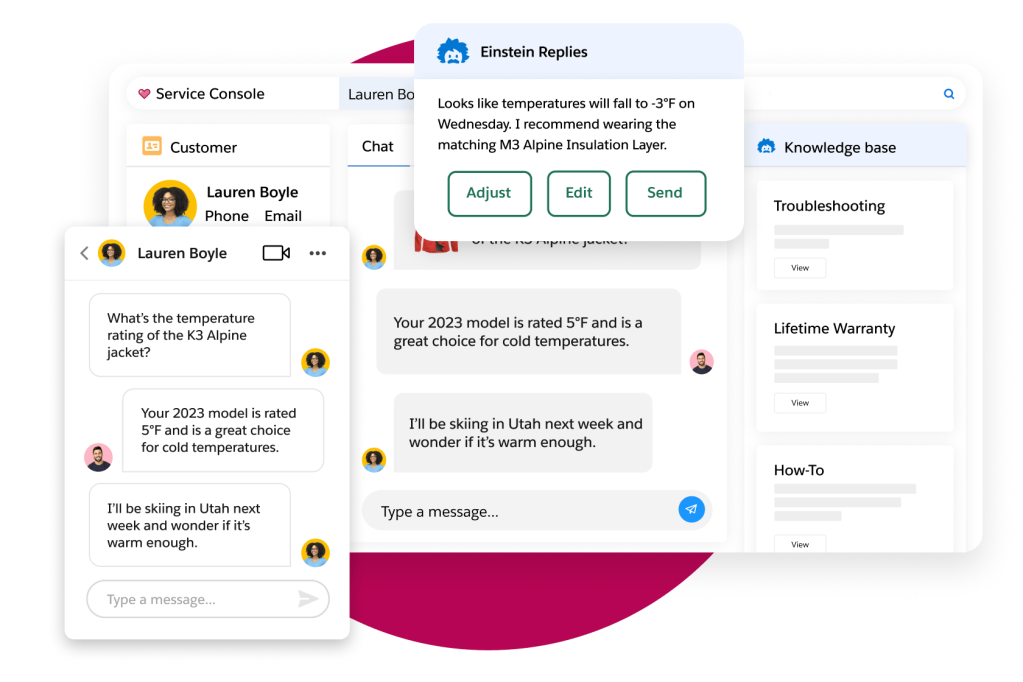
Contact Center
Connect every channel and maximize ROI with contact center software built directly into your CRM. By unifying your customer data with trusted AI, you can transform your contact center into an intelligent, omni-channel engagement center for effective, cost-efficient service.































